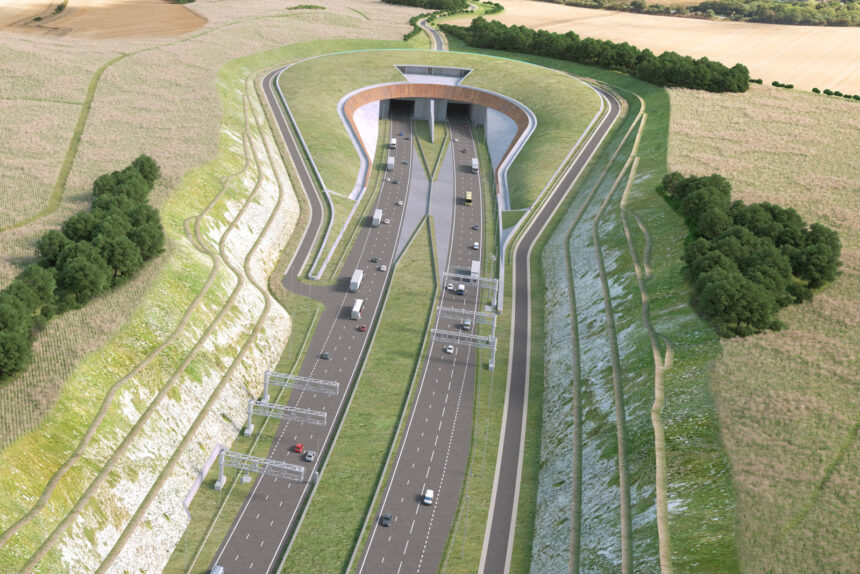The UK Government has given the green light for the development of the Lower Thames Crossing, a new road project that aims to alleviate congestion at the Dartford Crossing. This new road, spanning approximately 14.5 miles in length, will consist of three lanes and allow for speeds of up to 70mph. It will link the A2/M2 junction with the M25 motorway, offering a much-needed alternative route for drivers.
One of the standout features of the Lower Thames Crossing is the construction of two tunnels under the River Thames, each measuring 2.6 miles in length. Once completed, these tunnels will be the longest of their kind in the UK, providing a vital connection between Kent and Essex.
National Highways, the government agency responsible for overseeing the construction and maintenance of key roads in the UK, anticipates that the Lower Thames Crossing could divert around 13 million vehicles away from the Dartford Crossing annually. This shift in traffic distribution is expected to reduce journey times by 30% at Dartford and 46% between Tilbury and Medway.
The pressing need for the Lower Thames Crossing stems from the overwhelming demand placed on the Dartford Crossing, which was originally designed to accommodate 135,000 vehicles per day. However, with current usage averaging 150,000 vehicles daily and projected to reach 180,000 vehicles within the next 17 years, the existing crossing is struggling to cope. This has led to significant congestion issues, particularly during peak hours, resulting in delays and inefficiencies for commuters.
The congestion at the Dartford Crossing is not only a nuisance for drivers but also comes at a substantial cost to the UK economy. National Highways estimates that the time lost due to traffic congestion amounts to £200 million annually. By investing in the Lower Thames Crossing, the government aims to address these challenges and create a more reliable and efficient transportation network for the region.
The planning for the Lower Thames Crossing project commenced back in 2009, with public spending amounting to £1.2 billion thus far. Construction is slated to begin next year, marking a significant milestone in the efforts to enhance connectivity and ease traffic congestion in the area.
As the Lower Thames Crossing project moves forward, it promises to bring tangible benefits to both commuters and the economy at large. By providing a much-needed alternative route and relieving pressure on the Dartford Crossing, this new road infrastructure will play a crucial role in improving transportation efficiency and driving economic growth in the region.






